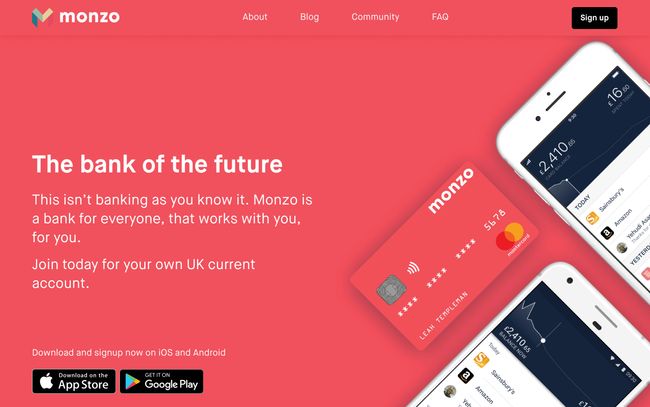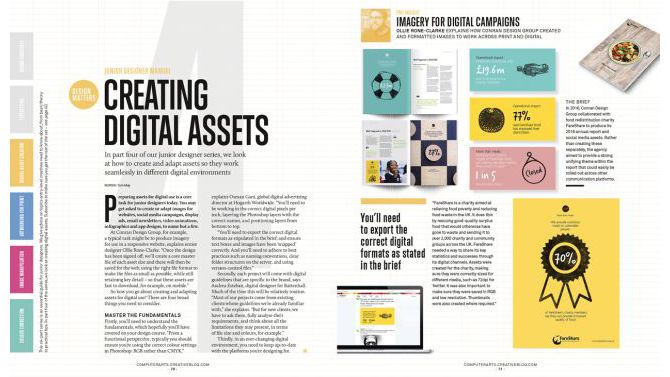These outlets cover a wide range of topics, from opinion to best practices, and include some of the top minds in the field. There’s a seemingly endless torrent of new research, white papers, and analyst reports for data analytics leaders and data scientists.
1. DataCamp
The DataCamp blog provides information on virtually every data science-centric topic with advice on everything from how to get your first data science job to more thought-provoking articles like critical thinking in data science.
DataCamp is an online resource center that allows users to learn data science at your own pace. There’s even an accompanying podcast called DataFramed, as well as a cool chat feature that allows readers to query the authors. It features video tutorials and coding challenges on R, Python and more.
2. insideBIGDATA
Their editorial focuses on big data, data science, AI, machine learning and deep learning. insideBIGDATA is a news outlet that offers news, strategies, products, and services in the world of big data for data scientists and IT and business professionals.
Its team of content producers features some of the brightest minds in the field, and really caters to the technical industry professionals looking to keep tabs on the most cutting-edge facets of machine learning and AI.
3. Data Science Central
Data Science Central also offers webinars and a unique membership package that provides access to everything on the site for free. Designed for big data practitioners, the site provides a community experience that includes an expansive editorial platform, social interaction, forum-based technical support.
And the latest in technology, tools, and trends, along with a classifieds section for industry job opportunities. Data Science Central is perhaps the best independent data science blog on the web.
4. Codementor
The site offers insight from senior developers, customized reading lists, and the ability to connect with developers from all over the world. The blog even allows readers to subscribe to a personalized, curated newsletter.
Those that need data science help will find the Connect with an expert tab especially helpful. The Codementor blog features tutorials and insights, allowing readers to learn about the latest trends in data science. Hot topics included here are Angular, JavaScript, Node.js, Ruby ad Python.
5. Data Science Dojo
The Dojo blog provides a wide range of content spanning data science basics all the way up to more advanced topics like ethics and security and access control.
Data Science Dojo offers five-day public and private data science bootcamps. It features a community of mentors, students, and professionals committed to the field, and more than 3,600 users from 700 countries have graduated from the program.
6. DATAVERSITY
Technology professionals on the uses and management of data. DATAVERSITY Education is a publisher of educational content for business and Information.
Their team provides content to its worldwide community of practitioners, experts and developers who benefit from face-to-face hosted conferences, live webinars, white papers, online training daily news and articles, and blogs. They also offer a free weekly newsletter.
7. Data Science 101
Data Science 101 includes an active user community as well, and there are even an open Facebook group readers can join if they want to continue the conversation. Run by Ryan Swanstrom, the blog provides a constant stream of content, with topics ranging from the top companies to work for if you are a data scientist to job interview tips. Data Science 101 provides all the resources aspiring data scientists will need while learning the tricks of the trade.
8. Datafloq
The site’s goal is to become a hub for reading high-quality posts, finding big data and technology vendors, connecting with talent, and publishing events. Datafloq offers online training as well.
Datafloq offers information, insights, and opportunities to drive innovation with big data, blockchain, artificial intelligence, and other emerging technologies. This blog isn’t just for data science practitioners either, also featuring sections on security and the Internet of Things.






















